Shipping container delivery
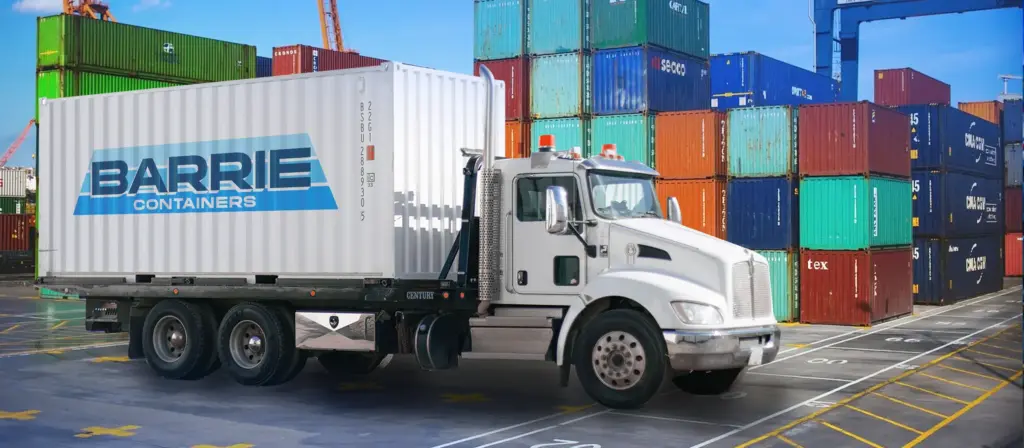
It should just take a few minutes to transport a container if the area is clean and there is enough room for it to do so. Please be aware that additional wait times, limited space, incorrect container loading instructions, etc., will all add time to the process, which might add to the cost.
SITE ACCESS
Shipping containers are delivered on tilt and load trailers, which can reposition themselves and progressively drop the container into the desired location. The site must satisfy two essential requirements in order for the delivery to be successful: room for movement and straight-line clearance.
It must be possible to approach the property without difficulty and have enough room to position the containers on site. When transporting 40′ containers, trailers may have difficulty getting into a site. These 53′ long trailers must have unimpeded access to the property in order to be delivered without help. They cannot turn sharply 90 degrees from two-lane roadways or other places into small entrances.
When the trailer pulls up to the home, the area must be wide enough, tall enough and most crucially, long enough to ensure a seamless delivery. They will need at least 1′ foot on either side to back into and out of place for a total width requirement of 14’W because the container will be resting on a deck that is 12’W. Once in place, the driver will tilt the container’s bed upward until it reaches a height of 18’H at its tallest point. Finally, the straight-line clearance is the distance needed to lower the container.
Minimum width for a caravan is 14 feet.
TRAILER REQUIRED HEIGHT: MINIMUM 18′
STRAIGHT-LINE CLEARANCE
Once the delivery van has arrived, the following straight-line clearance is required on the property to transfer the containers to their ultimate location.
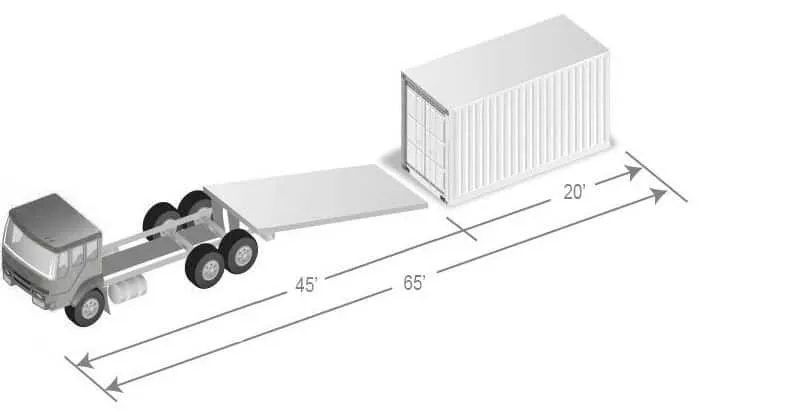
20FT CONTAINER DELIVERY
The truck will need at least 65 feet of straight-line clearance to deliver a 20′ shipping container so that everything goes as planned. As seen below, this space required takes into account the length of the truck deck, the length of the vehicle itself, and the length of the container itself.
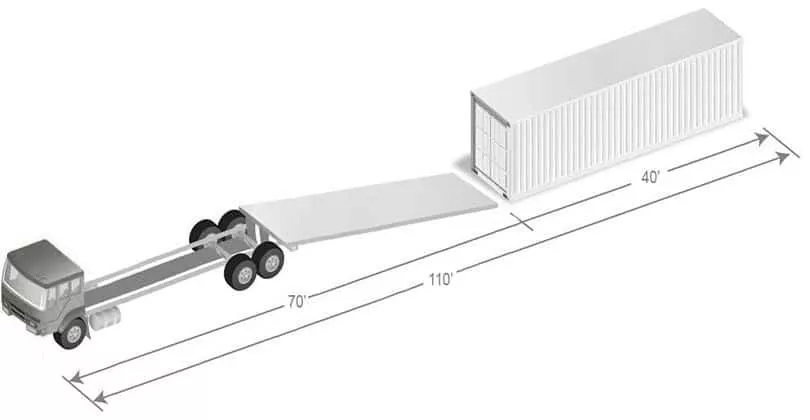
40FT CONTAINER DELIVERY
A 40′ shipping container is delivered using the same procedure. As you can expect, the vehicle is far bigger and needs a considerably greater clearance area. The truck will need at least 110 feet of unobstructed space in a straight line for the delivery of a 40-foot sea can, as seen below.
ACCESSIBILITY & GROUND CONDITIONSe
The weight of the empty container and the trailer must also be considered for a delivery to be successful. We advise delivering on solid ground that can hold the weight of the shipment and keep the caravan from sinking because the aggregate weight of the shipment can surpass 50,000 pounds. This is particularly important when the vehicle needs to cross grass, an unpaved field, or other comparable terrain to get to a specified place.
When they arrive, the delivery drivers will evaluate the site’s accessibility and ground conditions to determine if they can carry out the delivery as scheduled. If the standards are not completed, they can either decline delivery, in which case delivery fees will apply for the unsuccessful journey, or they can suggest dropping off in a more easily accessible.
Please don’t hesitate to get in touch with us if you have any concerns regarding any of the aforementioned delivery issues. We would be pleased to help you through the procedure to more accurately evaluate your location.
LEVEL GROUND
One of the most important pieces of advice we can give is to make sure the container doors are delivered on anything close to a level surface. This keeps the frame from bending and twisting, which might eventually cause problems with the doors opening and shutting over time. For this reason, we suggest setting up your storage container on one of the following materials: a concrete pad, pavement, crushed gravel foundation, railway ties, concrete blocks, wood, etc.
OBSTRUCTIONS
Obstacles might slow down or stop the delivery process entirely. Deliveries may be hampered by obstacles such as parked automobiles, power wires, low-hanging tree branches, and heavy traffic. By making sure the intended site is clear of all three, you may avoid needless delays that could result in higher delivery costs.
DOOR LOADING DIRECTION
Most common shipping containers have doors on one end. It is critical to note the location of the original container doors while putting the truck at your site.
When loading the truck with the container doors towards the rear, the doors will be put in their ultimate position first since the vehicle backs into position to tilt the container onto the ground.
The doors of the container will be the final component to be set on the ground if they are loaded so that they face the truck’s cab. Although the sales staff may undoubtedly aid in providing a more thorough explanation of the procedure, it is the customer who is better suited to comprehend the final placement on site and who must provide us the proper door loading instructions for delivery.
DOORS TO CAB
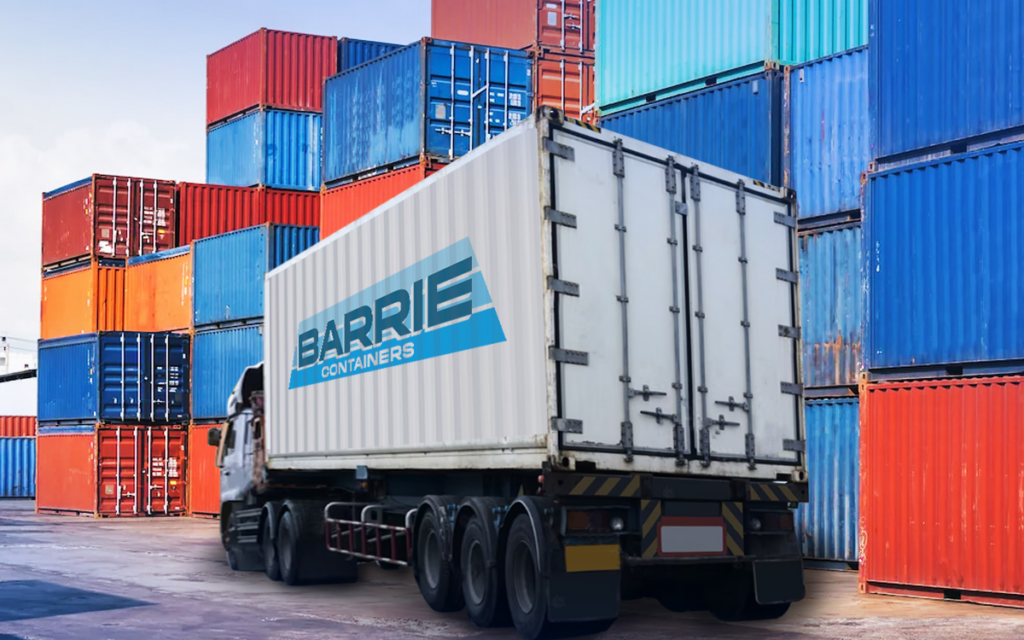
DOORS TO REAR

END OF LEASE PICK UP PROCEDURES
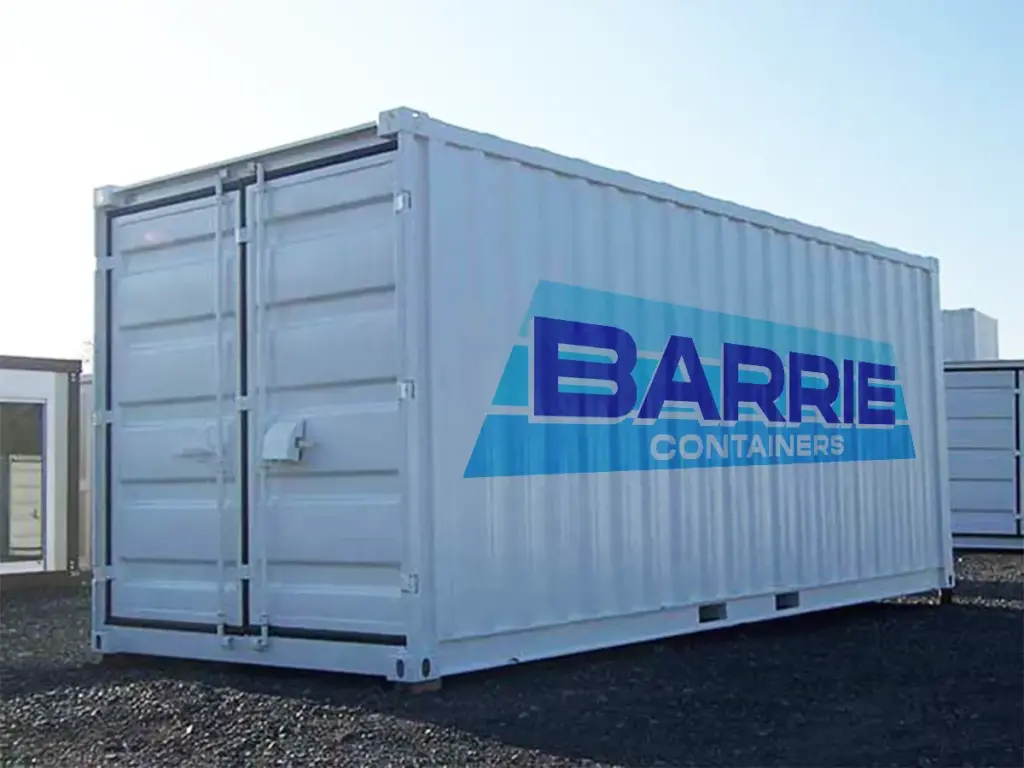
We kindly ask that rental clients email us 2-3 business days before the end of their rental period to let us know when their rental is coming to an end so that we have time to arrange pick-up of the container. It is challenging to ensure same- or next-day pickup at the conclusion of the rental period since the specialized trailers that transport containers are sometimes reserved far in advance. This is particularly crucial to remember if the time of pick-up is essential for the subsequent actions on site. Please make sure the container is empty and ready for pickup once pick-up has been arranged.
If the container is blocked on the job site or if debris is left inside, there may be additional fees for the time spent waiting. Please be aware that the container must be delivered back to us in the same condition, with regular wear and tear taken into account.
- 2-3 days before pick-up, advise.
- Make sure the container is available and empty.
COLD WEATHER ISSUES
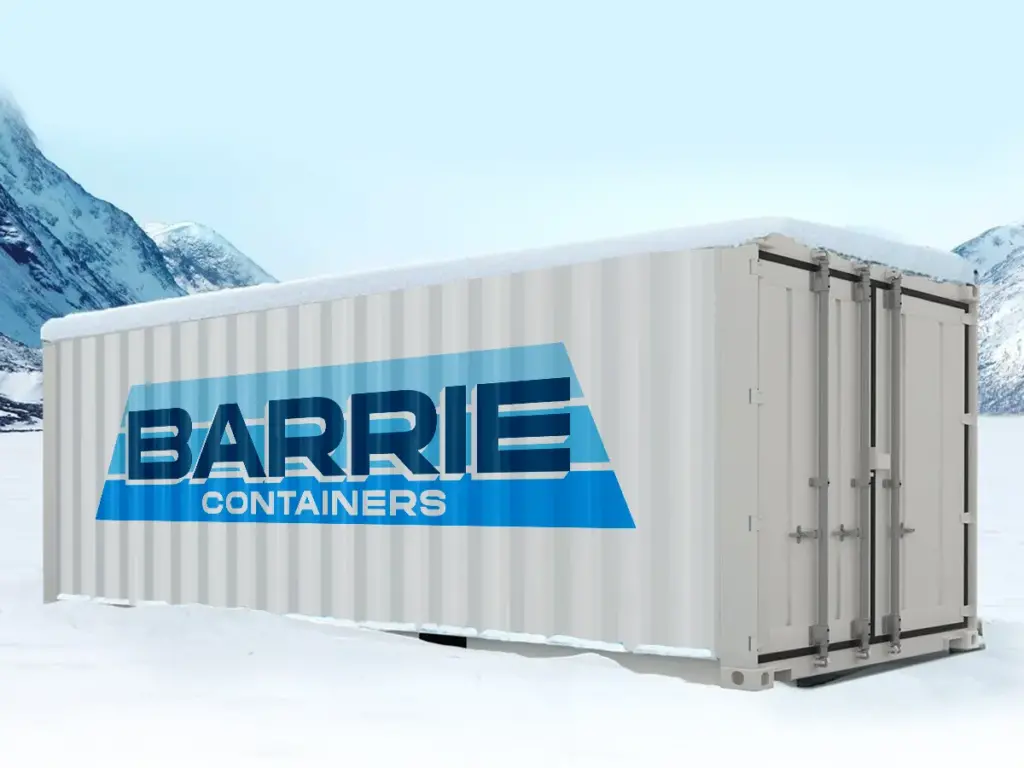
For customers that rent commercial and industrial containers, our Canadian winters may have an impact on when it comes time to plan pick-up of the container at the end of the lease period. There are a few things to consider to prevent additional delivery fees when phoning to arrange a container pick up during the winter. The container must be free and clean of snow on the roof to begin with. If the requirements are not completed, the driver may decline to pick up the passenger since they run the danger of receiving heavy fines for driving on snow or ice while it is falling. The tilt bed frequently cannot lift the corners of the container because it may be frozen in the ground. The day before pick-up, we frequently advise strongly salting the four corner castings where the container contacts the ground to avoid this problem.
- Remove all of the roof's snow and ice.
- A day before pick-up, sprinkle salt on all four corners.

